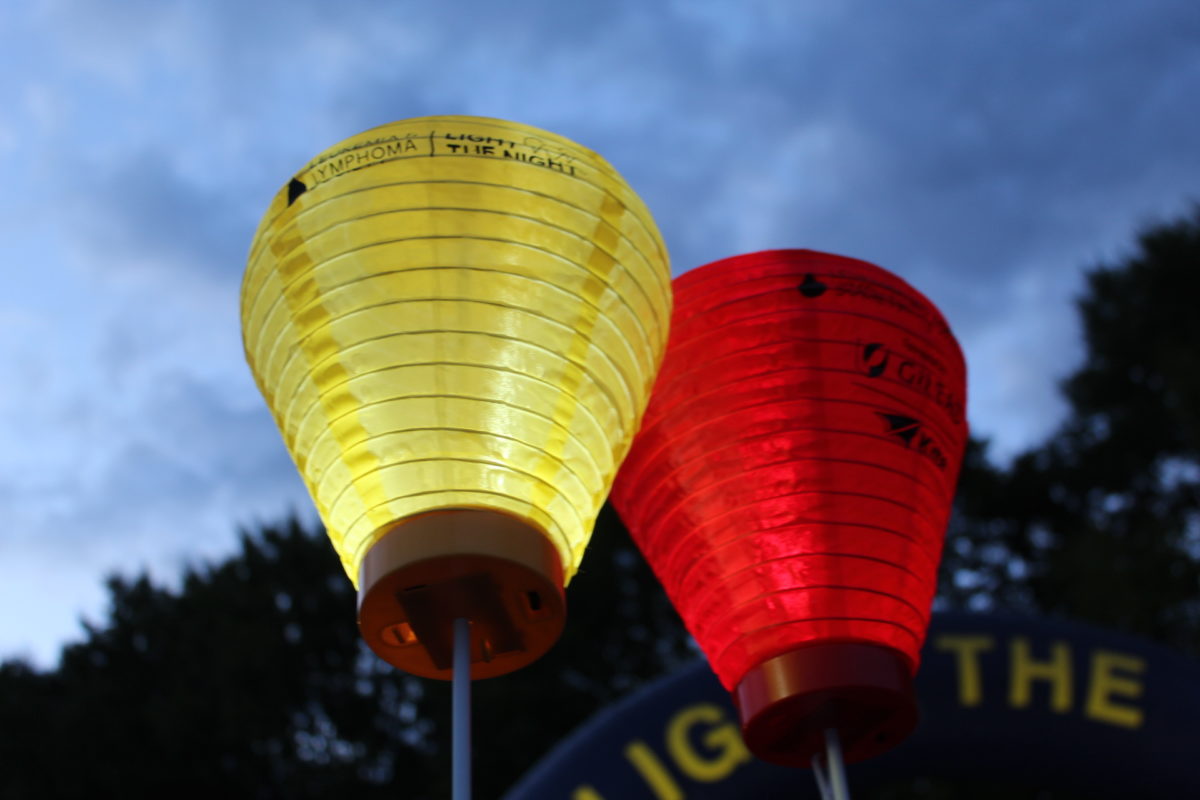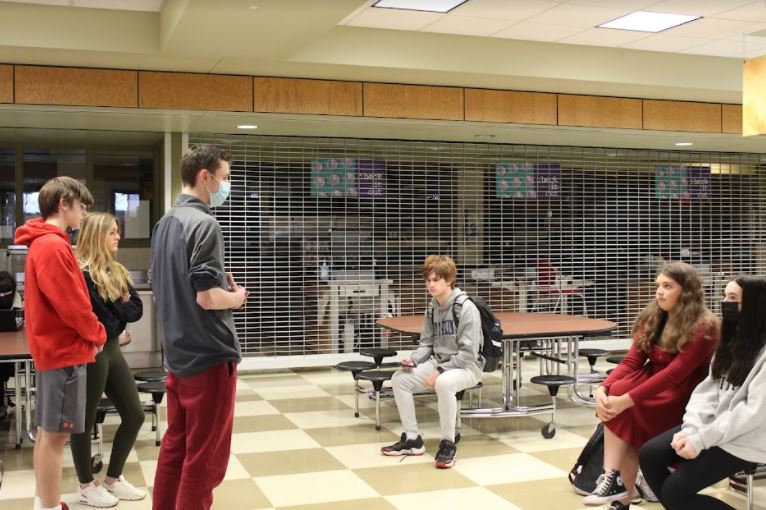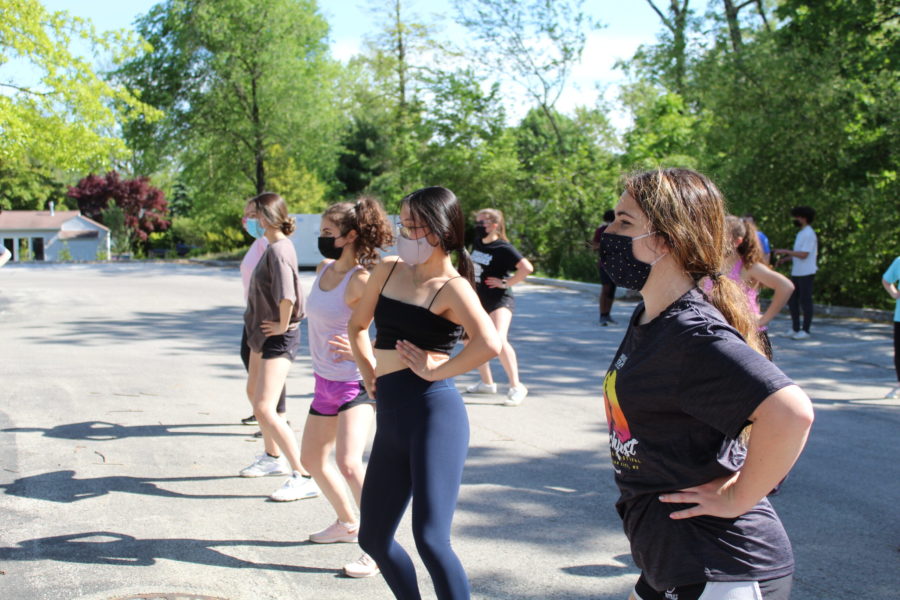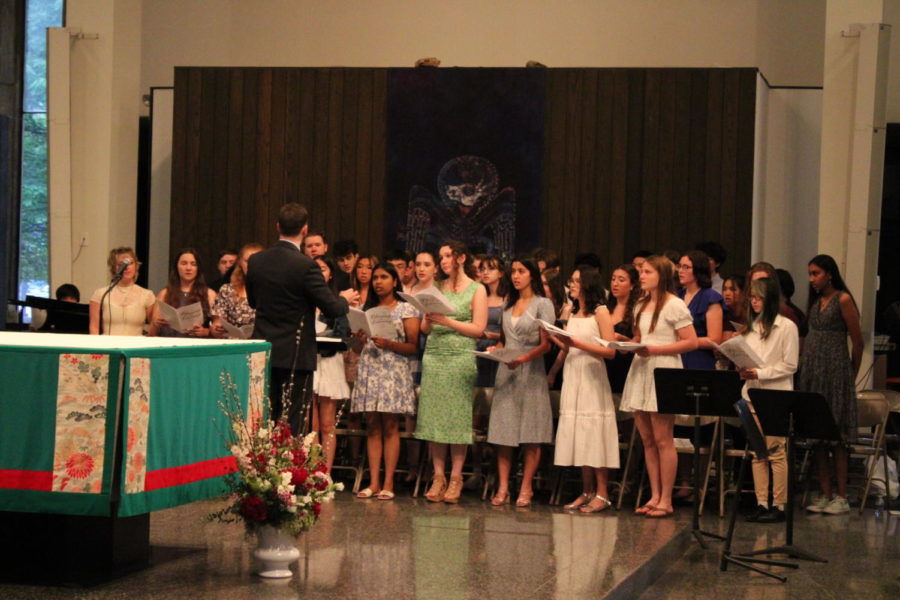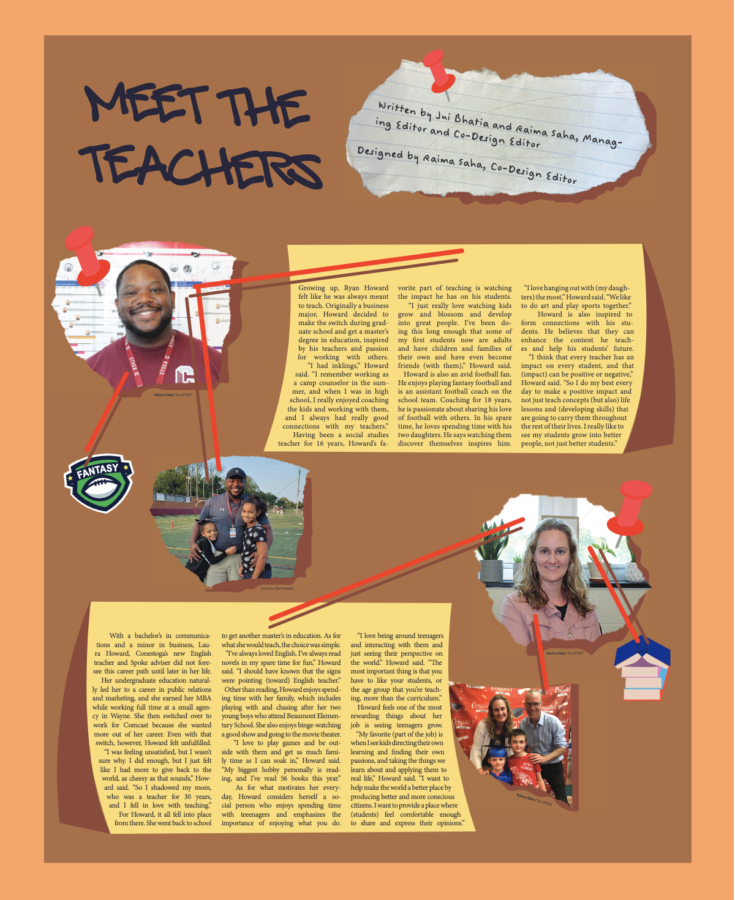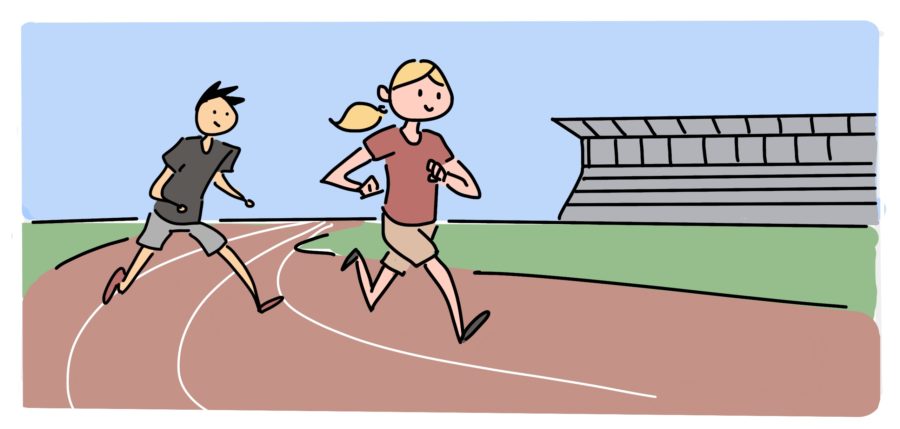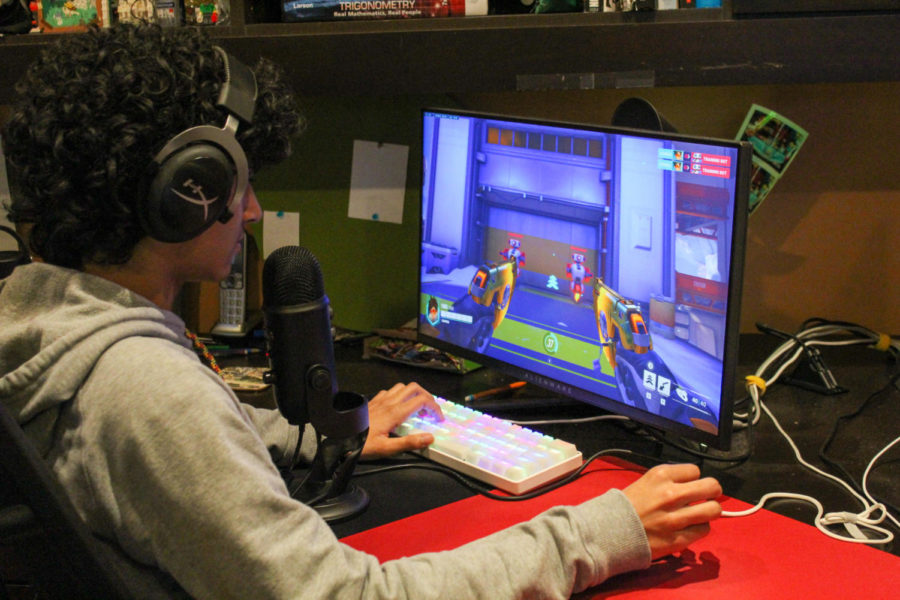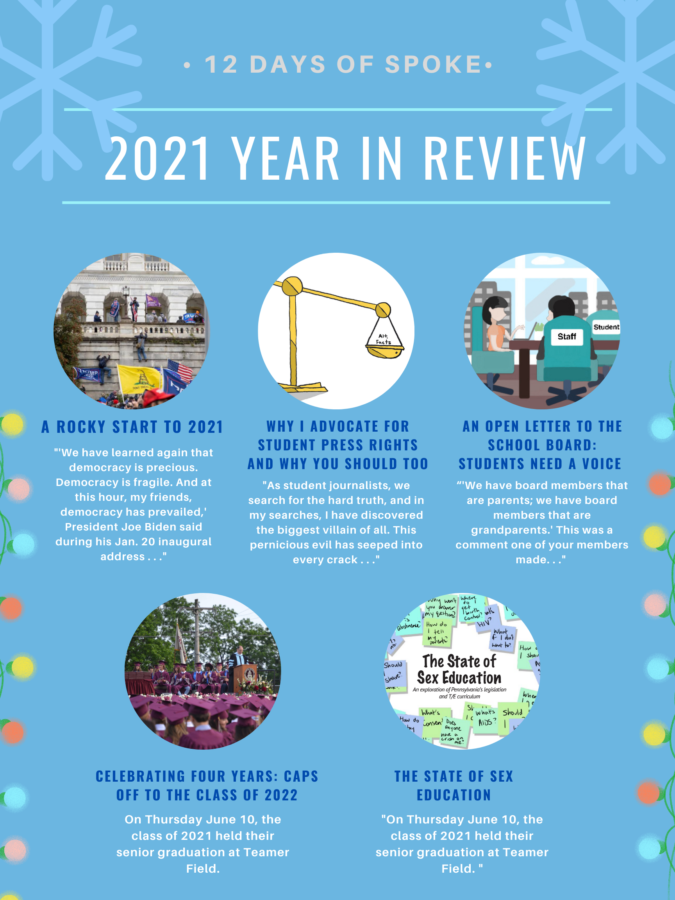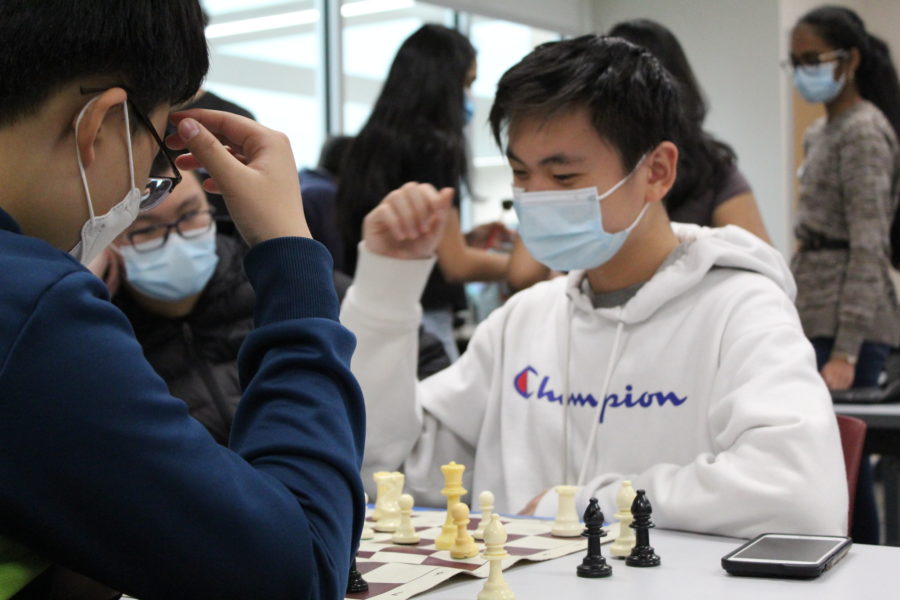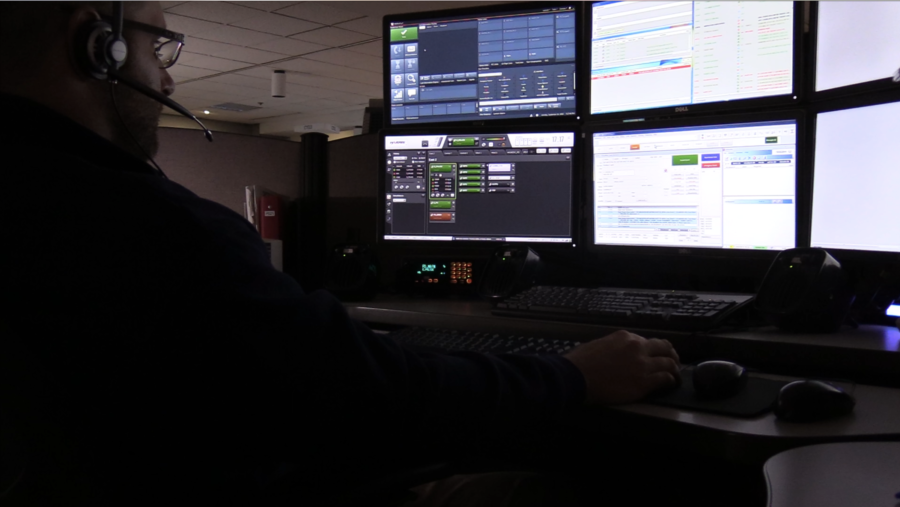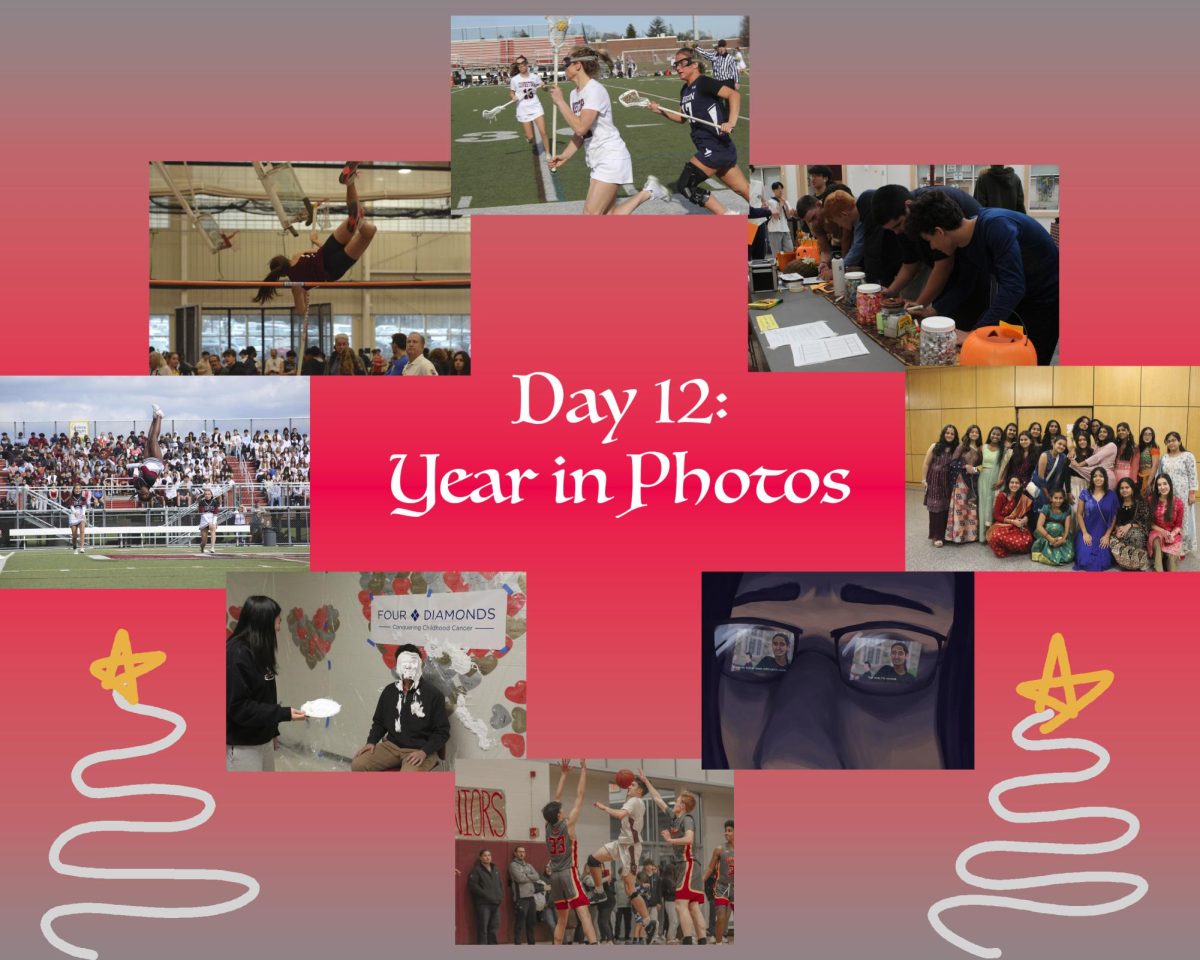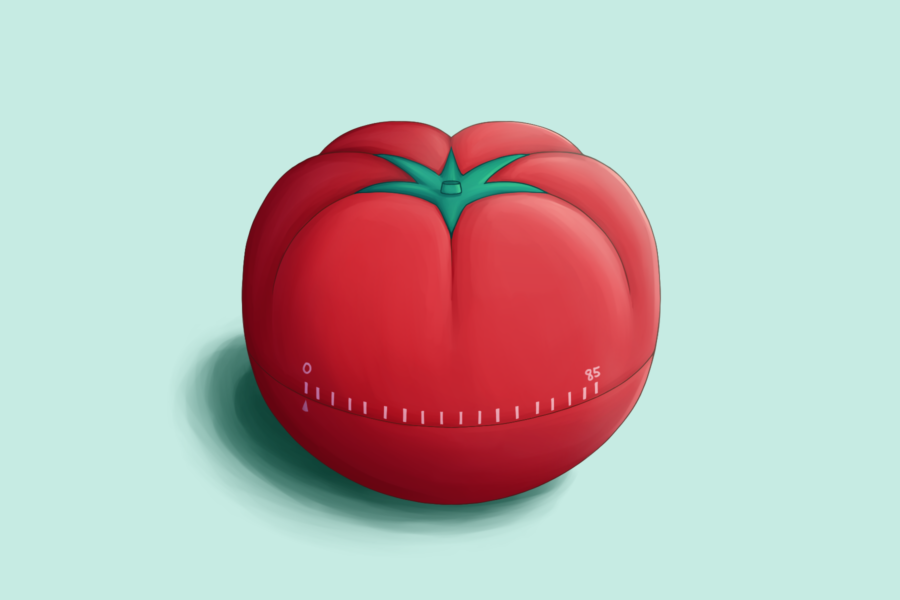By Hyunjin Lee, Co-Editor-in-Chief
Throughout high school, I have experimented with plenty of time management and productivity tips and tricks. Whether I was following a trending fad I read about on social media or learning about “tried and true” time management tips from self-help blogs, I guess you could say I have seen them all. Today, I want to share some of my favorites, and in my opinion, the most effective methods. Although these aren’t foolproof, they are ones I have stuck to over the years, and have found pretty helpful. Without further ado, here are five strategies to help you become better at managing time.
- Get a planner and make schedules
Paper journals. Spiral-bound notebooks. Bullet journals. Digital apps. Notion. School-issued planners. There are so many options out there and each provides its own benefits. Writing down key events, assignments, and long-term due dates in a paper journal or in a digital tracking system helps us stay focused and on top of our lives. We all have so much going on and so many thoughts in our brains that recording things in a planner makes our lives so much easier and less daunting. I personally use a combination of a paper bullet journal and two digital apps: Trello and Notion. I have been bullet journaling for a few years now, and I love being able to physically write out tasks and due dates. Using a planner system helps me with figuring out what I need to get done by when as well as making sure that I never forget a deadline or task. (My memory definitely isn’t the greatest and it always helps to have a second brain.) Planning systems also allow me to anticipate what’s coming up and better schedule my day-to-day activities.
I use Trello and Notion for more long-term projects and tasks. For example, using Trello, I write down major things I need to get done each month and track my progress using checklists and labels. I am really new to Notion, but it is another helpful planning platform that allows you to track things like assignments, class notes, trips, journals, and even more.
- Set your to-do list the night before, not the day of
There are several benefits to writing your to-do list at night rather than in the morning. For one, it reduces morning stress and helps us know right away what we need to get done in the day. Secondly, we are more likely to put off annoying tasks and exclude them from our to-do list if we make the list in the morning. Why? We tend to procrastinate on work that is more challenging or more involved. If we make our to-do lists in the morning, we are more likely to only include tasks that are easy to complete and save working on long-term projects or studying for a different day. But if we make our to-do lists at night, we will include things like studying for that history exam or starting the essay we have been avoiding. It’s important to remember this fact that I read about in one of my PSAT reading passages, “We will commit our future selves to things our present selves won’t do.”
- Put your phone away, and power it off entirely
You have probably heard this one by now, and hearing me repeat it may only sound like a broken record. But that’s because this is extremely IMPORTANT. There is tons and tons of scientific research to back this one up. Just the presence of your phone near your working space is proven to reduce brain power. According to a study by the McCombs School of Business at the University of Texas Austin, simply being near your smartphone “reduces available cognitive captivity and impairs cognitive functioning.” And yes, it doesn’t matter whether or not the phone is turned off – it’s distracting nonetheless. So the next time you sit down to study for a big exam or want to buckle down and finally get that project started, remember to power off your phone and put it as far away from you as possible (even better if it is in a different room).
- Pomodoro method
I first found out about the Pomodoro method several years ago. Perhaps you have heard of it too. (Does tomato timer ring a bell?) The premise of the Pomodoro technique is very simple. We alternate between focused work sessions and frequent short breaks to help us keep focused and energized. A typical Pomodoro session might entail working on one specific task for 45 minutes, then taking a 5-minute break, and then repeating this until we are done. This technique has been really helpful for me, especially when I am going through long hours of studying or working on a single project. I tend to get distracted very easily, so having a way to break up my working time with small breaks has increased my productivity and prevented burnout. If you are interested, you can read a Forbes article about it here.
Fun fact, Pomodoro is Italian for tomato and that’s why so many Pomodoro timers have a tomato picture!
- Learn to prioritize (3 things rule)
Last year, I stumbled upon Chris Bailey’s TedTalk, “A More Human Approach to Productivity.” In it, Bailey suggests adopting the “rule of three” as described below:
- At the beginning of the day, fast forward in your mind to the end of the day.
- Ask yourself what three main things you will want to have accomplished by the end of the day.
- Keep these three things in your mind and work on them throughout the day.
This method allows you to prioritize your daily tasks and differentiate between important and unimportant (busy work) tasks.
Hyunjin Lee can be reached at [email protected]










